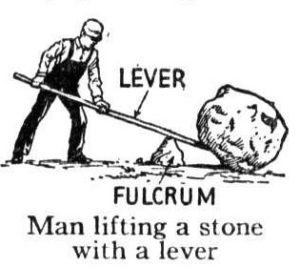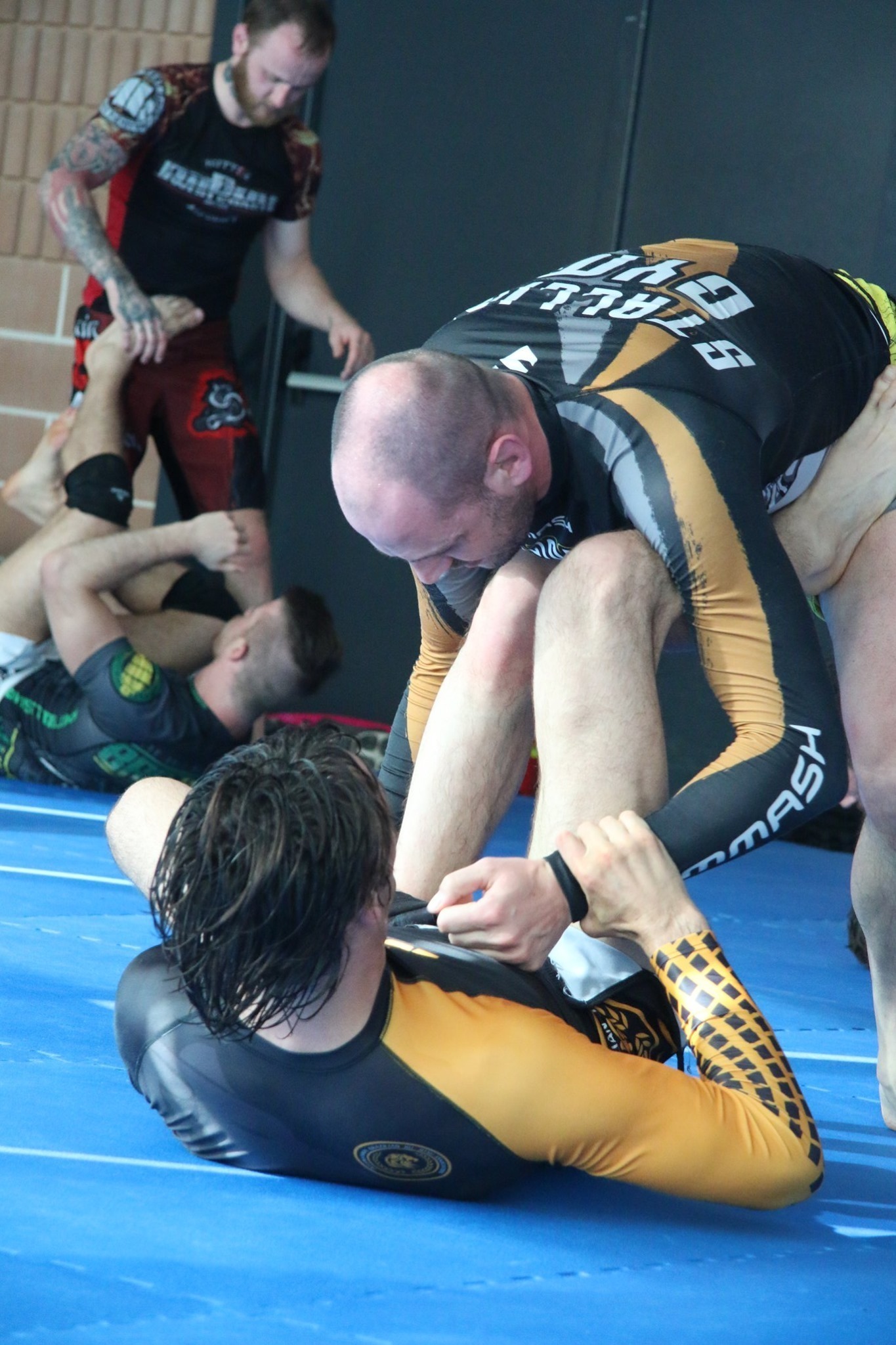Joe Rogan interviews John Danaher
15.1.2018
Summarized from Prof. Martin Guggi and Coach Markus Miedel
History of Leglocks:
- BJJ had leglocks in their curriculum, but there was no system behind it. Only single techniques;
- Dean Lister was known for achilles locks. This was unusual for the BJJ game at this time. “Why would you ignore 50% of the human body!”
- Leglocks had a bad reputation at this time in the BJJ community.
- They are cheap submission; – not true!
- They do not work on highly trained athletes; – not true
- When you go for a leglocks you lose position; – but this is the same case with armbars and a lot of other submissions
- These are not real reasons!
- They main reason why leglocks were not used is this: BJJ uses a system of 4 steps!
- Take the fight to the ground! The mechanical reason is that you can shut down the explosive elements of the human body on the ground;
- Get passed his legs! The legs are dangerous, that’s why you have to pass them.
- Work your way through a hierarchy of positions! The positions count different points in tournaments. Why? Because all the positions are measured by the way you can strike on the ground!
- Sidecontrol
- Knee on belly – better then sidecontrol but not as stable as mount!
- Mount
- Backmount
- Attack with a submission!
- BJJ is a 4 step system!
- Where do leglocks fit into this system? They do not!!! They only fit when the system fails. When the system is not working then you go for legs.
- If you cannot take some down – go for legs;
- If you cannot get passed their legs – go for legs;
- If you cannot get a dominant position – go for the legs;
- If you cannot attack with a submission – go for the legs;
- Leglocks were seen for generations as a signal of failure – you could not get the system to work – this means you were a bad BJJ player. This was the real reason why generations did not like and use leglocks;
System of Leglocks
Now Leglocks are not seen as a failure anymore – today there is an own system behind it! As you add leglocks into the game you change the nature of the sport! BJJ was always a single directional game:
- The direction goes from the legs to the head! Move from the legs to the head. Pass the guard and get your head to the head of the opponent.
- If you add leglocks the game becomes a two directional sport. You can go from legs to the heads or you can go from the head to legs. You can go in both directions.
- So it opens much more submissions as before!
- All high effective submissions have control as their main focus.
- Leglocks did not have this control!
- Ashi Garami = tangled legs use to control my opponents legs and hips with both of my legs.
- Position before submission is an old concept of BJJ – but control before submission is much more useful and opens much more options than limiting yourself on just positions. Ashi Garami scores nothing in BJJ but is a great way to control your opponent.
ASHI GARAMI
Mechanism of control Mechanism of breaking
Ashi Garami is the mechanism of control!!!!
Heel Hook, Toe Hold, Achilles lock is the mechanism of breaking!!!!
- Most people see these two mechanisms as the same and do not separate them!
- If you can switch from one Ashi Garami position to the next you can control your opponent for a long time – but the submission is something else! The control can shut down movement. The Ashi Garami is not part of the submission.
Key Points of leglocks
- The person whose feet dominate the inside is dominating the Ashi Garami Game;
- Same in standing – pummeling – get the inside position!
- Same from close guard – you want the inside control with your hands!
- 90% of the resistance of the leg you are attacking comes from the other leg. If you can control both legs you shut his defenses down. = DOUBLE TROUBLE
- Triangle or Sankaku is a reinforced wedge! When you have the Triangle the angle of your bodyweight makes the position stronger and safer to attack!
- We have a primary leg – the leg where you closed your triangle around and you have a secondary leg – the leg which you control with your arms. Having both legs controlled = you bring his knees together which makes a strong opponent not able to move anymore.
- After you have won the control fight – the Ashi Garami game, then you start to fight the handfight to get to the primary leg to finish! Mechanism of breaking!
In BJJ you need a systematic plan! So you develop gameplans based on control – microsubsystems:
- Legsystems
- Kimurasystem
- Front headlock system
- Backsystem
If one fails you switch to another microsystem.
Here is the full interview:
https://www.youtube.com/watch?v=qkBXzkD6tis
Danaher outlines 4 Mechanical Principles:
Danaher outlines 4 Mechanical Principles You Need To Understand To Vastly Improve Your BJJ
The four mechanical pillars upon which my approach to jiu jitsu is Based: A huge part of my approach to jiu jitsu is based around what I believe are the four most important mechanical underpinnings of the sport.
These are
1 – The principle of LEVER AND FULCRUM

2 – The principle of the WEDGE (inclined plane)
3 – The principle of DIRECTIONALITY OF FORCE
4 – The principle of KUZUSHI (off balancing)
Through the lens of these four mechanical principles I see most of the sport of jiu jitsu. Everything I teach, every question I ask, and every answer I offer, will make reference to at least one of these principles. Lever and fulcrum are widely talked about. They are force multipliers that can make the weakest man strong. Wedges are used to immobilize and inhibit or direct movement (among other things) – think of a humble little door stop that can hold any door open even in a hurricane. With regards your own force, a fundamental measure of its efficiency and effect will be the degree to which you apply the force in the appropriate direction. So often we apply large amounts of force in the wrong directions, when a much smaller force in the right direction would have garnered much better results. Kuzushi (off balancing) refers to our capacity to move an objects center of gravity beyond its base of support and destabilize it to create openings for attack. Kano wisely saw the value of this in standing positions. One of my biggest goals is to extend its use into bottom position ground grappling where it can play a tremendous role in advancing our bottom game. I teach jiu jitsu as a primarily mechanical enterprise, backed up by biomechanical and tactical elements. In the future I will talk more about these critical notions. Show me any move in the sport and I will show you how at least three of these four concepts are involved in its operation. Once you learn to observe the sport through these concepts you will see a very different sport indeed. Three of these four mechanical underpinnings have been widely discussed for generations – but the principle of the WEDGE has never been emphasized in jiu jitsu. One of my primary goals as a teacher is to change this.




